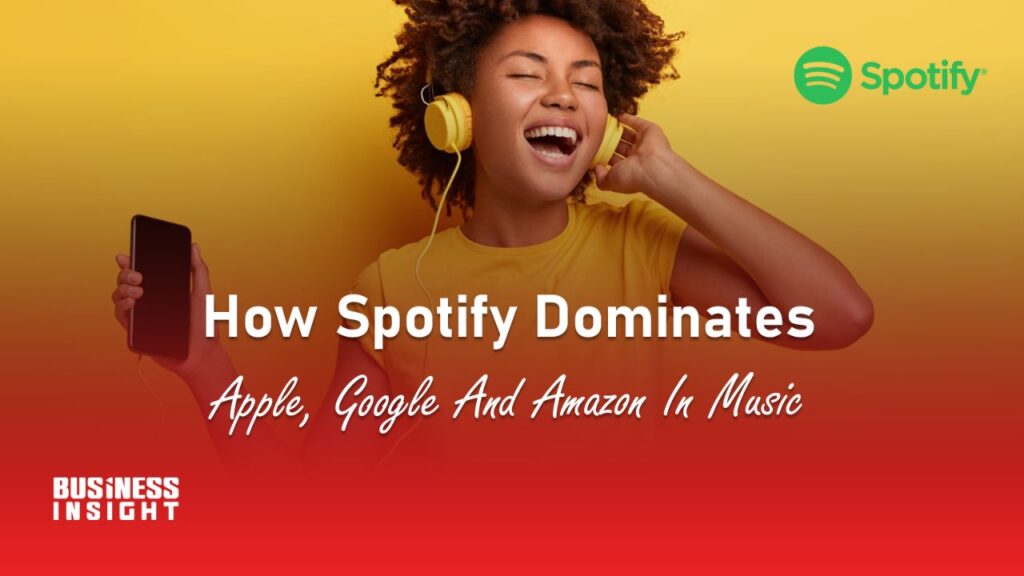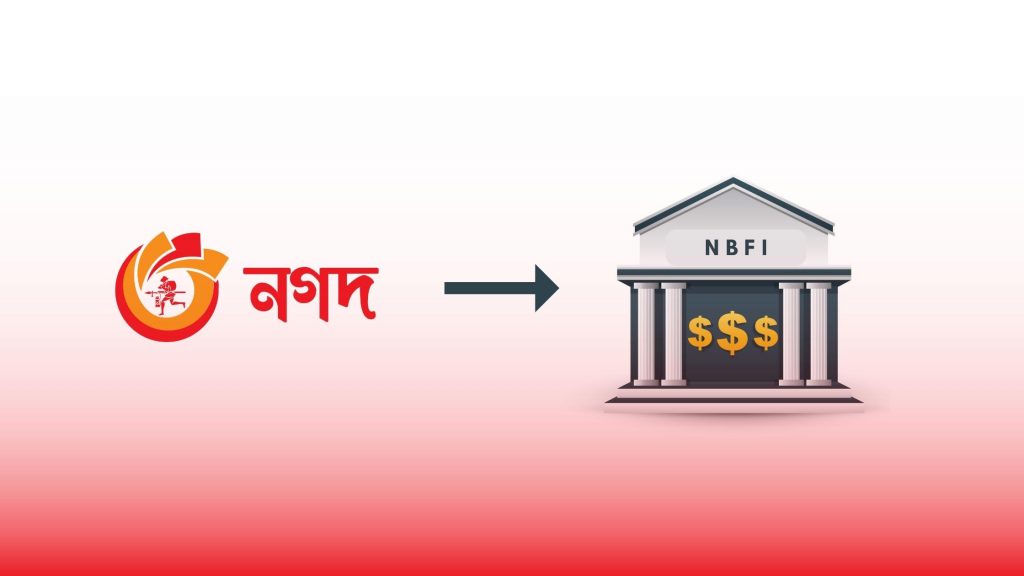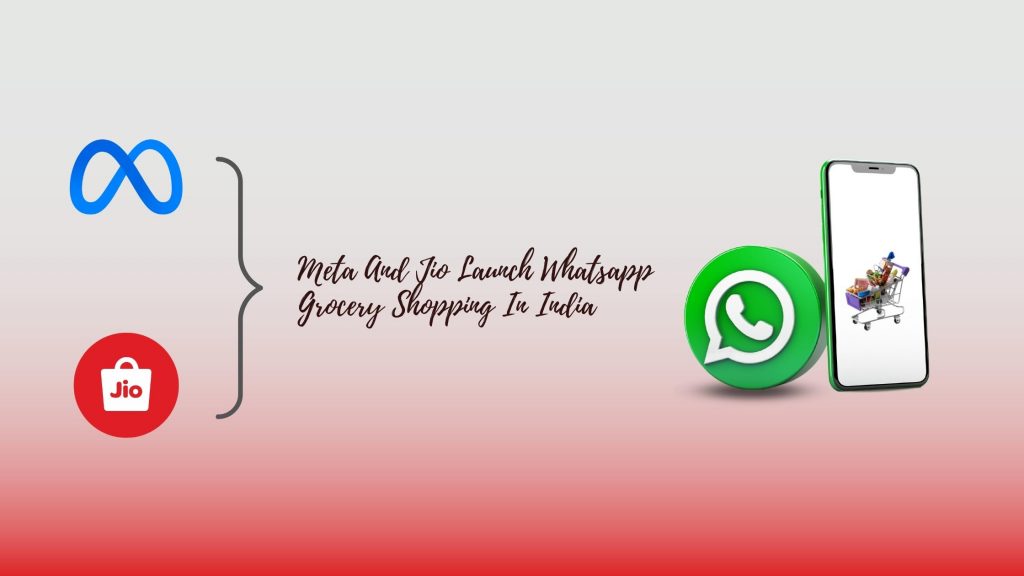Since the previous 20 years, there has been a remarkable change in online music. Music has been so vital to people for thousands of years. Many things have changed over the years. However, our passion for music hasn’t changed.
And when you consider streaming music, Spotify comes to mind. Right now, Spotify has experienced roller-coaster adventures to get to this point. Spotify has ruled the entire streaming music industry, but it has fallen short of the likes of Apple, Amazon, and Google. There are 130 million premium Spotify users globally.
Spotify’s initial years were entirely devoted to the European market. The goal was to build a sizable music library that anyone could access for nothing. The creators thus spent their early years in Europe lawfully licensing music. Spotify is now the company driving the rapidly expanding music streaming sector.
Everyone can be found on Spotify. Despite being ranked second to Apple in the United States, Spotify has over 130 million paying users globally and has successfully competed against industry giants like Apple, Amazon, and Google.
Since its extremely modest origins, Spotify has developed into a $32 billion company. Spotify made $11 billion in US dollars in 2021.
How exactly is Spotify dominating this much?
The biggest rivals of Spotify are well-known IT companies like Apple, Google, and Amazon. The closest rival to Spotify, Apple Music, only has around half the member number and market share worldwide. So, how does Spotify manage to hold off its main rivals?
- Advertisement-
Spotify makes money by showing advertisements to free users. Spotify receives compensation from advertisers for promoting their goods. Spotify’s ad income reached a record 15% in the fourth quarter of 2021. It brought in $448 million. In addition to airing advertisements again for free plans, Spotify also makes money through podcasts.
- Premium platform-
First, Spotify draws many customers by offering free music streaming. All the essential features are available on the free tier. But it also has advertisements.When you upgrade to Premium, that changes. You can listen to the music without advertisements or online for $9.99 per month. Many customers think that the streaming experience is significantly altered by premium. The data speaks for itself. Spotify’s 180M premium customers generated $2.6B in income during the fourth quarter of 2021. That amounts to 85% of Spotify’s income!
Founded in 2006, Spotify entered the American market 2011. It began with an invite-only beta test for the free plan and received positive reviews immediately. But the road to the top was arduous.
The rights were being acquired. It was persuading users to sign up for the platform. Particularly at that time, it was challenging for Spotify to ensure that they could obtain the content. Music rights were one factor in the company’s prolonged entrance into the U.S. market. Spotify has spent 9.8 billion dollars on its complex company since its start in 2018. At the time, they placed that uncertain wager. The fact that the startup was obviously onto something intrigued some major companies.
Now, every big player in technology has a music streaming service. Apple Music replaced iTunes as its replacement. Amazon Music is a product of Amazon. Google launched YouTube Music first, then Google Play Music.
The rapid rise of Spotify attracted the attention of major internet rivals, who later launched their music streaming services, including Apple Music, YouTube Music, and Amazon Music. However, despite competition and inconsistent stock market performance, Spotify has maintained its position as the top audio streaming platform and its subscription costs.
Users can access machine-generated mixes like Discover Weekly, a customized playlist with weekly updates, as one of Spotify’s core services. As a result, customers drawn to these automatically created playlists select Spotify versus Apple, Amazon, and Google, giving Spotify a competitive edge.
More exclusive platforms, like Apple Music, require users to pay once their free trial has expired. The company attempted to wipe off Spotify’s free version when Apple Music emerged.
Free makes perfect sense for users, which is a key factor in Spotify’s current level of popularity. Free, however, is not so good for musicians. The cost of advertising is lower than that of premium subscribers. However, you may sign up for a free trial on Apple Music and Tidal, but after that, you must pay. As Spotify grew in popularity, artists began to wonder why they weren’t making as much money as they were with Record sales and downloads.
Besides, the popularity of Spotify’s freemium business model plays an important role. Simply put, people prefer the option of free music listening without having to pay upfront. The music library on Spotify is quite big. Even Jay-Z, who runs Spotify’s rival, Tidal, has music on the service.
In the end, Spotify is the first streaming music service. In 2015, Apple Music was introduced, over ten years after Spotify. So, the early start was undoubtedly beneficial.
Apple Music will have 60 million paid customers globally by the end of 2019. Worldwide, Amazon Music has 55 million subscribers, almost all paying customers. Tencent, a Chinese corporation, has 39.9 million paying customers, whereas Spotify has 124 million.
The topic was free going premium. The key was conversion, and Spotify was the one who got it going.
More exclusive platforms, like Apple Music, require users to pay once their free trial has expired. The company attempted to wipe off Spotify’s free version when Apple Music emerged.
Spotify intends to increase its profit margin by generating revenue from podcast advertising. In the US alone, podcast advertisements cost $1.35 billion in 2021. In conclusion, the podcast market is very attractive for making money from advertisements.
Spotify is placing a significant bet on podcasts to increase its profit margins. Strangely enough, Spotify’s foray into the podcasting industry is the exact cause of the backlash it is currently experiencing. Despite being the hero who saved the music business, most people today still see Spotify as a supervillain character who is robbing artists of their earnings.
The global epidemic began to impact the economy shortly after podcast deals were signed. However, Spotify was among the few businesses that survived the crisis. In reality, from the beginning of 2020 and the end of June 2020, the price of Spotify shares rose by 70%. They benefited from Covid since the lockdowns made people stop listening to the radio, and while they were stranded at home, they discovered Spotify.
Conclusion:
Spotify has maintained its top spot throughout the process and has a sizable advantage over rivals. Spotify must continue to be swift and nimble if it wants to maintain its position at the top.
Regardless of all the opposition, Spotify is a big success. They must be credited for controlling the market by taking on the biggest technology businesses in the world. Recently, Spotify opened its services to 65 additional nations, including Bangladesh. Analysts are interested in how effective they will become in such nations.



